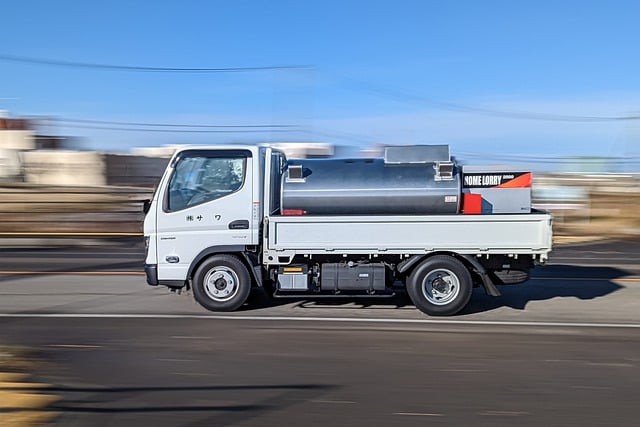If you own a garden that needs an Automatic water tank, there are a few options you have. These include closed loop and open loop systems. You can also consider using an Ultrasonic sensor or a Wi-Fi module.
Pump up float switch
Float switches are devices that are used to control pumps. Float switches work by applying a voltage to a specific wire. This circuit is turned on or off based on a change in the level of liquid in the tank. There are a few different types of float switches.
Typically, these switches are placed near the top of the tank. They can also be set to trigger an alarm when the water level reaches a certain point. Depending on the float switch you choose, you can set it to open or close the pump when the liquid is full, empty, or at a specified level.
Float switches are a great way to automate your pump and tank. With proper care, these can last for years. However, they should be secured to the pump and tank properly to avoid damage. Float switches can be found at Atlas Scientific.
For example, the RainFlo(r) Float Switch is a good choice for low voltage circuits. It’s been certified ROHS compliant and can handle up to 1.5 horsepower at 115V.
Ultrasonic sensors
Ultrasonic sensors are a part of the automatic water tank system. These sensors help detect whether or not the liquid in the reservoir is at the desired level. They can also be used for other applications, such as drinking water dispensers.
Compared to optical sensors, ultrasonic sensors require less electrical power. This makes them suitable for battery-powered applications. The sensors are designed with ceramic transducers, which vibrate when electrical energy is applied to them.
When an ultrasonic sensor receives a sound wave, it listens for the return echo of the signal. A time delay is measured to calculate how long the echo takes to return.
The sensor is then programmed to automatically determine the liquid level in the tank. By calculating the distance between the water level and the sensor, the remaining water in the tank can be calculated.
Ultrasonic sensors work similarly to radar or sonar systems. They transmit sound waves above 20,000 Hz to a target. Afterwards, the target reflects the waves back to the transmitter.
Wi-Fi module
An automatic water tank with Wi-Fi module can be a useful solution for controlling the distribution of water in a tank. In addition, it can be used to monitor the water level in the tank.
It is also possible to check if there are leaks in the tank. The system can be configured to send alerts to an overseer. This helps to make more informed decisions.
However, it is important to note that the resolution of the water level is not as accurate as that of ultrasonic sensors. For instance, one may need to add more sensors to achieve an improved spatial resolution. Also, more sensors may increase the overall burden of maintenance.
There are two types of metallic layers in the sensor. They include the power layer and the sensor layer. These are robust against corrosion and biofilms.
One can set up the APP on his smartphone to check the status of the tank. When the level of the tank falls below a certain threshold, the motor pump will be turned on. If the water level rises above the threshold, the pump will be shut off.
Closed-loop vs open-loop system
Closed-loop and open-loop are two types of control systems. These systems use feedback to provide automatic control. They are used for controlling various processes.
Open-loop systems are simple and inexpensive to operate. However, they have less reliability. Moreover, the operation is not as precise as closed-loop systems.
There are many advantages of using a closed-loop system over an open-loop system. The most significant is the fact that the latter is more accurate.
Unlike closed-loop systems, the output of an open-loop system is independent of the input. This means that the output does not have an influence on the controlling action of the input.
Also, the process of an open-loop system is simpler and faster. In other words, an open-loop controller can apply a single control effort when commanded. It is also possible for the controller to measure the results of a command and to make changes based on the result.
On the other hand, the closed-loop system has an error detector to detect and correct any errors. Aside from this, the closed-loop system also has a feedback path to help the controller to adjust its output.
https://youtu.be/bUKoCQmAmjw

